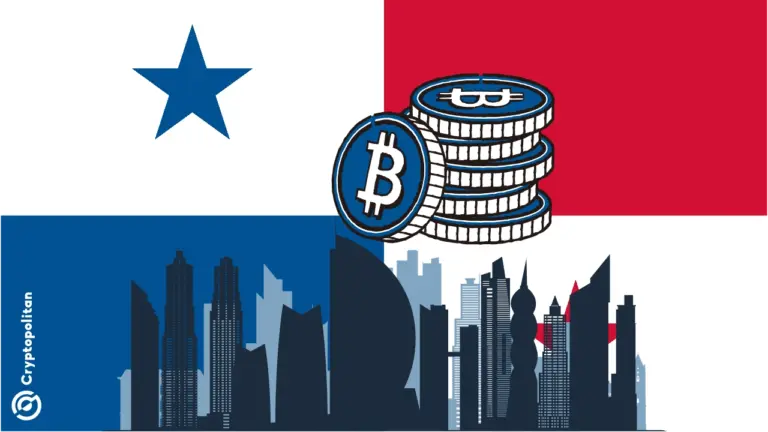Linea proposes framework for L2 decentralization, plans shift to proof-of-stake
Key Takeaways
- Linea plans to transition to a proof-of-stake model for block validation.
- An auction system for block proposers will be implemented to reduce token supply.
Share this article
Linea, the Layer 2 ZK rollup developed by Consensys, has unveiled a proposal outlining steps towards decentralizing its network. The proposal, titled “ towards Linea’s decentralization ,” presents a high-level framework for transitioning the zkEVM to a permissionless system with decentralized governance.
Florian Huc, a software architect at Linea, authored the proposal which details modifications to the network’s block validation, block proposal, and finalization processes. The plan aims to achieve finality at both Layer 2 and Layer 1 levels, with Linea’s sequencers confirming Layer 2 finality and Ethereum securing Layer 1 finality when data and proofs from L2 blocks are posted.
A key aspect of the proposal involves replacing Linea’s current Layer 2 finality system with a proof-of-stake model for block validation. This new approach would require validators to stake tokens and participate in the QBFT consensus algorithm. To maintain network integrity, the proposal outlines a slashing mechanism for misbehaving validators, including burning a portion of their stake.
The framework also introduces an on-chain auction system for selecting block proposers. This system would allow any node to bid for the role, with the highest bidder winning the right to propose a block. As part of this process, the winning bid amount would be burned, effectively reducing the total token supply and potentially creating deflationary pressure.
Network resilience, proof-of-stake
To ensure network resilience, the proposal includes a recovery mode that would activate if the validator set becomes inactive for six months. In such a scenario, any node would be able to start finalizing blocks, allowing the system to continue functioning.
Linea’s decentralization proposal follows the project’s earlier announcement of plans to decentralize the network. This announcement came after a deliberate block-production pause in response to a security exploit on Velocore, a decentralized exchange operating on Linea’s network.
The proposed changes aim to enhance Linea’s decentralization and security while maintaining its performance as a Layer 2 solution. By implementing a proof-of-stake model and introducing competitive mechanisms for block proposal and validation, Linea seeks to create a more robust and decentralized network structure.
Linea’s decentralization efforts reflect a broader trend among scaling solutions to enhance their security and decentralization. The success of this initiative could potentially influence other Layer 2 projects and contribute to the ongoing development of Ethereum’s scaling landscape.
In June, Linea announced its advancement towards a decentralized network by planning to decentralize the sequencer in its rollup to avoid central control and enhance censorship resistance. This follows criticisms of the protocol after its block production suddenly halted after the Velocore hack. In August, Linea welcomed Status as the first contributor to its open-source L2 rollup project to enhance the Ethereum blockchain’s transparency and security.
While the proposal outlines a comprehensive framework for decentralization, it remains to be seen how these changes will be implemented and what impact they will have on Linea’s performance and adoption.
Share this article
Disclaimer: The content of this article solely reflects the author's opinion and does not represent the platform in any capacity. This article is not intended to serve as a reference for making investment decisions.
You may also like
Bitcoin Sets Higher Lows—Can Bulls Target $88K Resistance?

Solana Faces 50% Drop Risk as $125–$137 Range Holds the Key Amid Market Volatility

Panama City Council makes history as the first government institution accepting crypto payments
Share link:In this post: Panama City council voted in favor of becoming the first public institution of government to accept payments in cryptocurrencies. Citizens will now be able to pay taxes, fees, tickets and permits entirely in crypto starting with BTC, ETH, USDC, and USDT. The city partnered with a bank that will receive crypto payments and convert them on the spot to U.S. dollars, allowing for the free flow of crypto in the entire economy.

EnclaveX launch brings fully encrypted, cross-chain futures trading to retail investors
